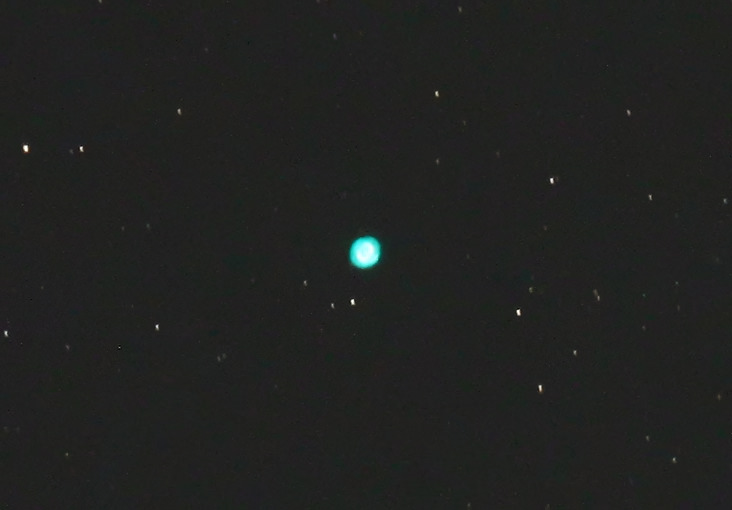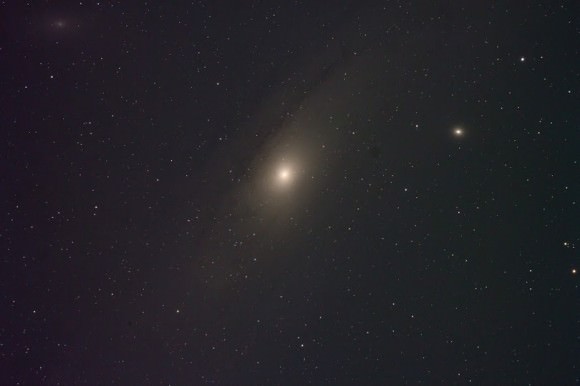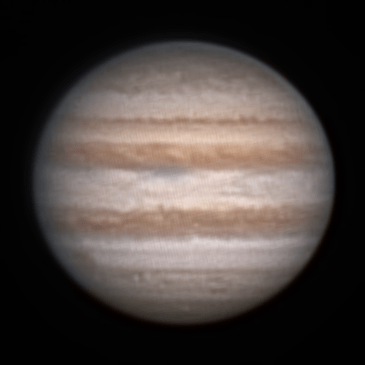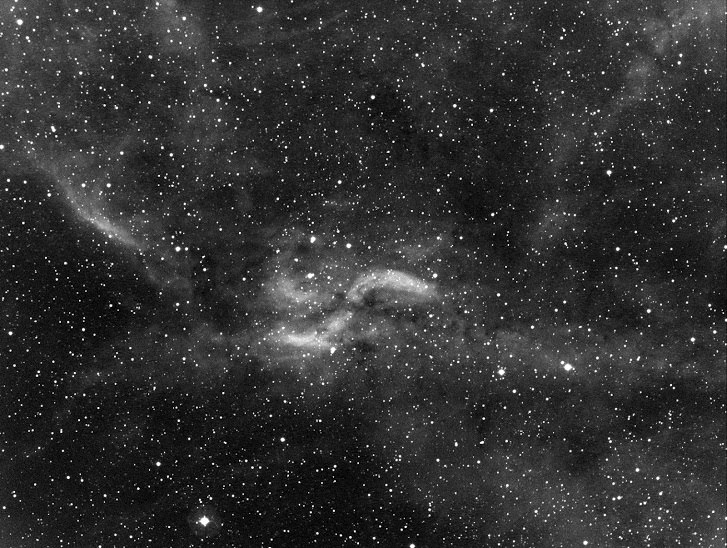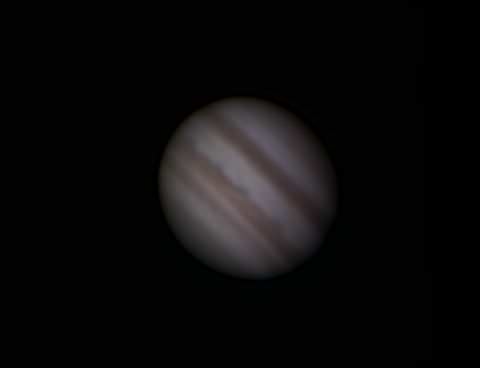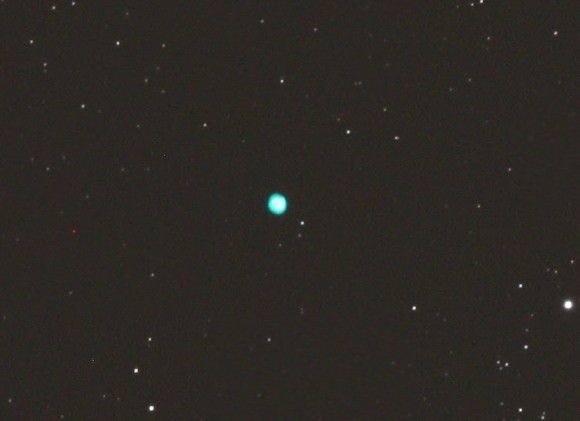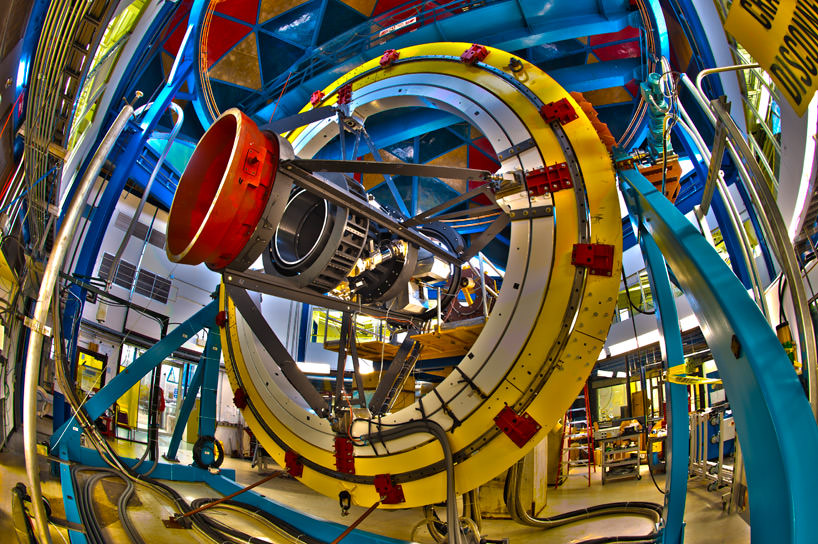The 570 megapixel Dark Energy Camera. Credit: Fermilab
Scientists have great expectations for the newly operational Dark Energy Camera, which may significantly advance our understanding of the mysterious force expanding the Universe at an ever accelerating rate. Find out more about this highly anticipated new camera and what it is expected to reveal during live webcast from the Kavli Foundation. You’ll be able to ask questions to Fermilab scientists Brenna Flaugher, project manager for the Dark Energy Camera, and Joshua Frieman, director of the Dark Energy Survey. The webcast will be on October 12, 10-10:30 am PDT (17:30 UTC). Viewers may submit questions via Twitter using the #KavliAstro hashtag, or email to [email protected].
Watch the webcast below, or at this link.
If you miss the webcast live, afterwards you’ll be able to watch a replay on the player below, as well.
The new camera is mounted on the Blanco 4-meter telescope at the National Science Foundation’s Cerro Tolollo InterAmerican Observatory (CTIO) in Chile.
It is the widest field optical imager in astronomy today, and is capable of detecting light from over 100,000 galaxies up to 8 billion light years away. The instrument is composed of an array of 62 charged-coupled devices, and new technology will allow scientists from around the world to investigate the studies of asteroids in our solar system to the understanding of the origins and the fate of the Universe.
It is expected that in just over five years, astronomers will be able to create detailed color images of one-eighth of the sky, to discover and measure 300 million galaxies, 100,000 galaxy clusters and 4,000 supernovae.
“The Dark Energy Camera will solve the mystery of dark energy in a systematic manner,” said Andrea Kunder of CTIO in a podcast on 365 Days of Astronomy. “The idea is to observe four different probes of dark energy. You can’t see dark energy so there are four different probes of dark energy that DECam will be observing. First, DECam will observe type Ia supernova and baryon acoustic oscillations and this will be to constrain the expansion of the universe. And then galaxy clusters and weak lensing will also be observed to measure both the expansion of the universe and the growth of large scale structures. Then we can compare the results from these first two probes and the last two probes and this can reveal our understanding of gravity and intercomparisons of the results will provide cross checks and bolster confidence in the findings.”

